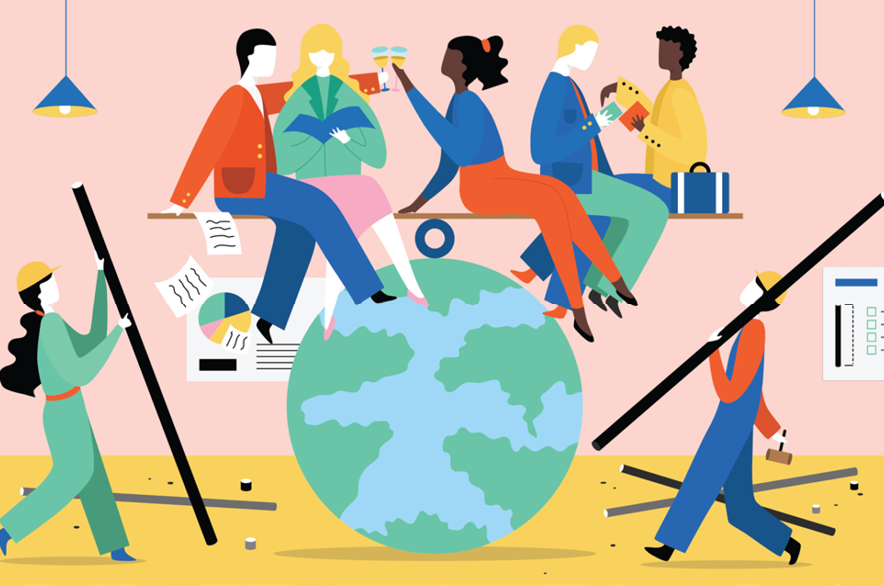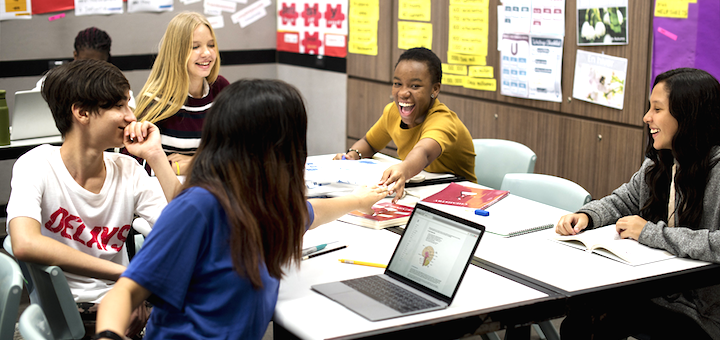How Education Can Drive Social Change
Throughout history, education has proven to be one of the most powerful forces for progress. From empowering individuals to transforming societies, education and social change are deeply intertwined. When education is equitable, inclusive, and accessible, it creates ripple effects that uplift communities, reduce inequality, and foster sustainable development.
This blog explores the transformative role of education in shaping a better world, examining its impact on social values, economic mobility, gender equality, civic participation, and long-term peace. We’ll also highlight real-world examples and suggest how education systems can be improved to become true agents of change.
The Connection Between Education and Social Change
Education equips people with knowledge, skills, and values that enable them to question the status quo, challenge injustice, and create solutions for societal problems. It influences how individuals:
- Think critically
- Engage with their communities
- Understand their rights and responsibilities
- Contribute to economic and social development
In essence, education is both a tool and a pathway for transforming not just individual lives, but the collective fabric of society.
1. Empowering Individuals and Communities
One of the most immediate ways education drives social change is by empowering people—especially those from marginalized backgrounds.
When people are educated, they:
- Gain access to better jobs and income
- Improve their health and well-being
- Make informed decisions about their lives
- Resist exploitation and discrimination
For example, literacy allows individuals to read contracts, understand their legal rights, and participate in democratic processes. Education also enables women to delay marriage, access reproductive healthcare, and advocate for gender equality.
Empowerment through education leads to social mobility, breaking the cycle of poverty and opening doors for future generations.
2. Challenging Inequality and Promoting Justice
Systemic inequalities—whether economic, racial, or gender-based—are often perpetuated by a lack of education. Providing equal educational opportunities helps level the playing field.
Inclusive education can:
- Reduce disparities between rich and poor
- Promote tolerance and understanding between different social or ethnic groups
- Encourage respect for diversity
When students from diverse backgrounds learn together, they develop empathy, challenge stereotypes, and grow into socially responsible citizens. This fosters a more just and inclusive society.
3. Fostering Civic Engagement and Democratic Values
Education teaches people how governments work, why voting matters, and how to advocate for change. Civic education, in particular, is key to developing informed and active citizens.
Educated individuals are more likely to:
- Vote in elections
- Volunteer in their communities
- Hold leaders accountable
- Participate in peaceful protests or campaigns
By strengthening civic participation, education supports the foundations of democracy and helps prevent authoritarianism.
4. Advancing Gender Equality
One of the most profound social transformations driven by education is the advancement of gender equality. Educating girls is one of the most effective ways to:
- Lower child mortality rates
- Reduce child marriage and gender-based violence
- Boost household incomes and national economies
When girls stay in school, they gain the confidence and skills needed to lead in politics, business, and civil society. Gender equity in education is not just a women’s issue—it’s a catalyst for widespread social development.
5. Encouraging Environmental Awareness and Action
In today’s climate-conscious world, education plays a crucial role in addressing environmental challenges. Environmental education fosters awareness about sustainability, conservation, and climate action.
It helps learners:
- Understand their impact on the environment
- Develop solutions for local and global issues
- Become advocates for sustainable practices
By educating the next generation of leaders, we prepare them to tackle pressing environmental problems with knowledge, innovation, and compassion.
6. Reducing Conflict and Promoting Peace
Education can be a powerful antidote to conflict. In regions affected by war, poverty, or political unrest, schools can offer stability, hope, and pathways to peace.
Peace education promotes:
- Conflict resolution skills
- Tolerance and reconciliation
- Non-violent communication
- Human rights understanding
Countries that invest in education often experience more stable and peaceful societies over the long term. This is why organizations like UNESCO champion education as a pillar of peacebuilding.
Real-World Examples of Education Driving Social Change
South Korea:
Following the Korean War, South Korea invested heavily in public education. Today, it is one of the world’s most advanced economies—an example of how education transformed a war-torn nation into a global tech and innovation hub.
Rwanda:
After the 1994 genocide, Rwanda rebuilt its education system to promote unity and reconciliation. Civics and peace education are now central to the curriculum, helping the country heal and move forward.
Malala Yousafzai:
As a global advocate for girls’ education, Malala has shown how one voice, empowered by education, can challenge global injustices and inspire millions.
How to Strengthen the Role of Education in Social Change
To maximize the impact of education on society, the following steps are essential:
1. Ensure Equal Access
Every child, regardless of gender, ethnicity, or socio-economic status, should have access to quality education. This requires investment in infrastructure, teacher training, and inclusive policies.
2. Promote Critical Thinking
Curricula should go beyond rote memorization. Encourage analysis, creativity, and ethical reasoning to prepare students for real-world challenges.
3. Integrate Life Skills
Include education on health, finance, environment, and human rights to equip students for active citizenship.
4. Support Lifelong Learning
Learning shouldn’t stop after school. Adult education, vocational training, and online courses keep people informed and adaptable throughout life.
5. Leverage Technology
Use digital tools to reach remote learners, personalize education, and connect communities globally.
Final Thoughts: Education as a Catalyst for Change
The relationship between education and social change is undeniable. Education is not merely a process of transferring knowledge—it is a powerful tool for reshaping attitudes, fostering inclusivity, and building a better future.
By investing in equitable and transformative education, societies can unlock their full potential. In classrooms around the world, seeds of change are being planted daily—nurtured by passionate educators, curious learners, and communities that believe in a better tomorrow.
The more we educate, the more we empower—and through empowerment comes the possibility of real, lasting change.



